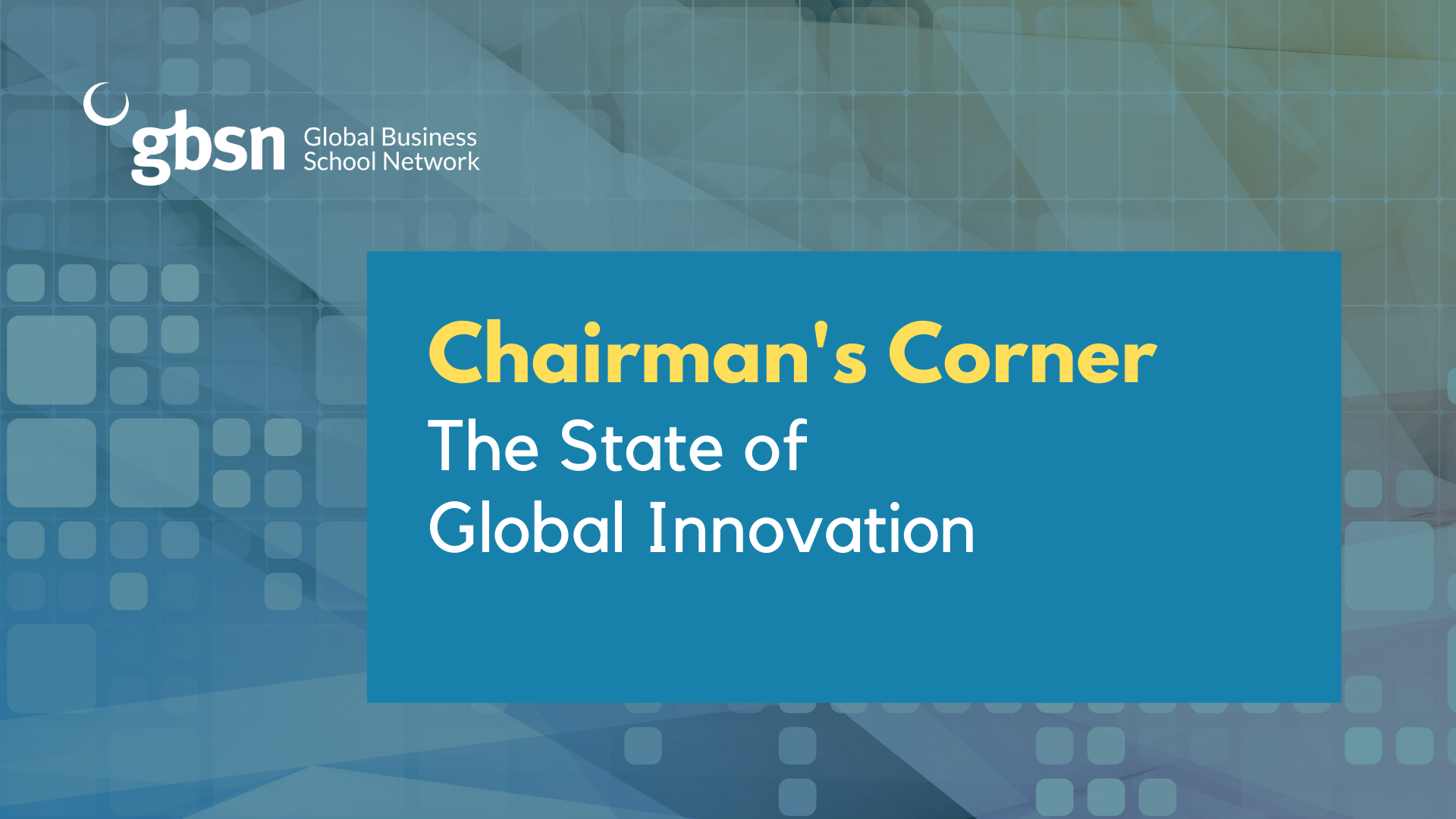I trust that you have enjoyed a good holiday break and are now enjoying a great start to the new year.
2020 has been a strange year in more ways than one. Of course, the health crisis triggered by the Covid-19 crisis triggered a dramatic set of consequences around the world. Many lives were unfortunately lost and I am sure that most of us know of friends or family members who succumbed to the Covid virus. The economic crisis hit hard and many countries are still struggling to recover. Experts estimate that global poverty levels have risen eradicating hard-earned progress made over several years. Certain groups of the population, especially minorities and women have been disadvantaged and their causes pushed in some instances back by a decade or more. The closure of schools has also impacted learning, especially for young children and the importance of inclusivity in learning has come to fore of the agenda of school leaders. While the vaccine has provided hope for overcoming the Covid-19 crisis, the path ahead is still uncertain given rapid mutations in the virus and the continuing spread of the Covid virus in many countries. Behaviors are hard to change and frequently politics has also hindered the adoption of good health practices. Political leadership has been wanting in many regions and cracks in global cooperation have become visible.
In the midst of this gloom, one can also find many good developments and stories of hope. Humanity has come to the forefront. Business and government leaders have realized that people matter more than economics. We can only hope that many of the actions and policies put in place last year to help the under-privileged continue and become part (in an appropriate form) of our future policies. Digital acceleration has also happened. Experts note that the changes that would have normally required 5 years or more happened in 5 months or less. This was certainly true for education moving online. Few could have imagined a scenario in which all (or most) education would have moved online rapidly in a few weeks. Strangely, this successful rapid shift also demonstrated our tremendous innate capacity to innovate. The power of global collaboration and new technologies (such as the rapid decoding of genetic sequences) was also visible in the speed with which the Covid vaccine was created and prepared for launch. At a more micro-level, faculty were forced to rethink their curriculum and pedagogy. The end result has been positive in terms of new investments in learning, catalyzed by the different demands of online teaching. As part of the work-from-home philosophy, most of us also spent precious more time at home with family, often much more than we had done in several years.
As we start a new year, we should do so with hope and not regret. We should seek to use the resilience we gained from last year to make us stronger for the future. We should not seek to return to education models from the pre-covid period, simply because they are familiar. It may make life simpler for us to revert back to “how things were” but that would not be the right choice to make. We should be inspired to come up with a new “human-centric” vision of education that is more responsive to the needs of society and business. We should seek to use the power of the platforms provided by our schools to increase the positive impact of our institutions on our communities.
“We should actively seek to spread the gift of education to more. This can be our important contribution to help achieve the United Nation’s Sustainable Development Goals. We have to recommit ourselves and our institutions to creating a better future – one that is more inclusive and sustainable.”
The next months will be a time to build on this hope. It will also be a time to reconnect with colleagues and friends and work on these important goals together. Thank you for being a valued member of the Global Business School Network. We are very grateful for your many contributions and wish you and your communities good health and the courage to take on bold and impactful new initiatives in the new year.

Soumitra Dutta is a Professor of Management at Cornell University and the Chair of the Board of Directors for GBSN. Previously he was the Founding Dean of the SC Johnson College of Business at Cornell and Chair of AACSB Intl. He is also the President and Co-Founder of the Portulans Institute.
Email: sd599@cornell.edu; Twitter: @soumitradutta; LinkedIn: soumitra-dutta;
https://en.wikipedia.org/wiki/Soumitra_Dutta


























